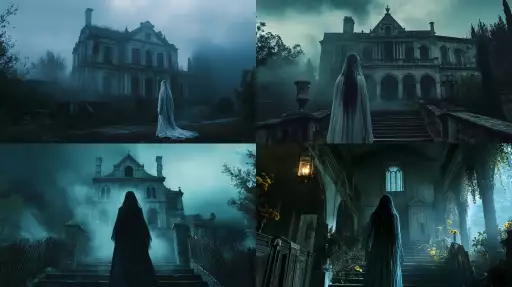Explore the Best AI Image Gallery

The Algorithmic Brush: Navigating the Ethics of AI-Generated Media
The realm of creative expression is undergoing a seismic shift with the advent of artificial intelligence (AI). AI algorithms are now capable of generating stunning visuals, composing evocative music, and crafting compelling narratives, blurring the lines between human and machine creativity. This powerful technology presents both exhilarating opportunities and complex ethical challenges for the creative industry and society at large.
A New Frontier in Creative Expression
AI-generated media has the potential to democratize access to creative tools, empowering individuals with limited technical skills to produce professional-quality content. Imagine a world where anyone can design captivating graphics, compose original soundtracks, or write compelling stories with the help of AI.
Furthermore, AI algorithms can augment human creativity by providing innovative ideas, overcoming creative roadblocks, and streamlining production processes. Artists can leverage AI to explore new artistic styles, experiment with unconventional concepts, and push the boundaries of imagination.
The Ethical Landscape: Navigating Uncharted Territory
While the potential benefits are undeniable, the rise of AI-generated media raises a host of ethical concerns that require careful consideration:
- Authorship and Ownership: When an AI creates a work of art, who owns the copyright? Is it the developer of the AI algorithm, the user who provides the input, or the AI itself?
- Bias and Representation: AI algorithms are trained on massive datasets, which can reflect existing societal biases. This can result in AI-generated media perpetuating harmful stereotypes or underrepresenting certain groups.
- Misinformation and Manipulation: The ability to generate realistic images, videos, and audio opens up new avenues for creating convincing deepfakes and propaganda. This poses a significant threat to truth and trust in the digital age.
- Job Displacement: As AI-powered tools become more sophisticated, there is a risk that they could automate creative tasks currently performed by human artists and designers, leading to job losses in the creative sector.
Charting a Responsible Path Forward
To harness the power of AI for good while mitigating its potential harms, it is essential to establish clear ethical guidelines and regulations. This includes:
- Promoting transparency in AI development and deployment, making algorithms auditable and explainable.
- Addressing bias in training data and ensuring that AI-generated media reflects diverse perspectives.
- Developing robust mechanisms for detecting and mitigating the spread of misinformation and deepfakes.
- Investing in education and training programs to equip individuals with the skills needed to thrive in an AI-powered creative economy.
The Future of Creative Collaboration
Ultimately, the future of creativity lies in a collaborative partnership between humans and AI. By embracing ethical principles, fostering responsible innovation, and encouraging open dialogue, we can shape a future where AI empowers human creativity and unlocks new frontiers of artistic expression.
](https://images.ai-img.art/thumbnails/150/6f2d6b1a90ded3e7aa7f45df1bbcdc8dccbef4897f0b5fafa36105e63bfe9092.webp)








